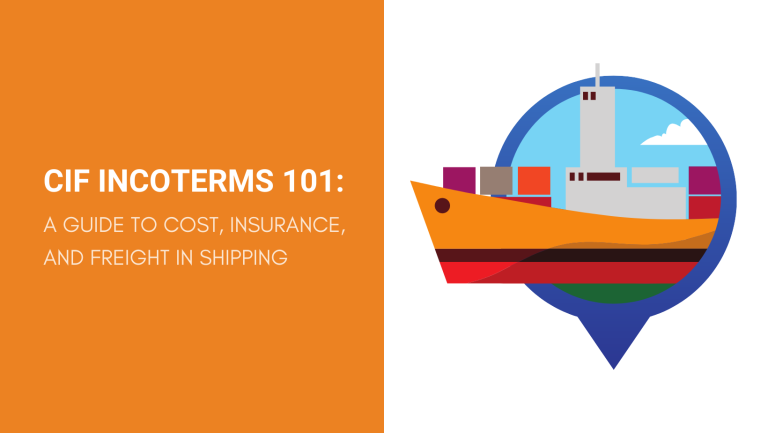CIF Incoterms is a term you might have never heard unless you’ve dealt with international sea freight of bulk orders. So, this guide will be a great place to learn the CIF meaning in shipping, even if you’re completely new to sourcing in bulk.
There are altogether 11 of these Incoterms according to the latest Incoterms 2020, and CIF is one of them. They update every 10 years.
In simple words, we could say that CIF underlines the seller’s obligations and expenses.
So, let’s jump right in!
What Does CIF Mean?
The CIF shipping term stands for ‘Cost, Insurance, and Freight’. CIF is the type of Incoterms (International Commercial Terms) used for sea freight and inland waterway transport of bulk cargo that’s not in containers.
With the help of this CIF agreement, the buyer and the seller regulate each one’s obligations (risks and costs) during the cargo delivery.
CIF is just one of the 11 Incoterms set up by the ICC (International Chamber of Commerce).
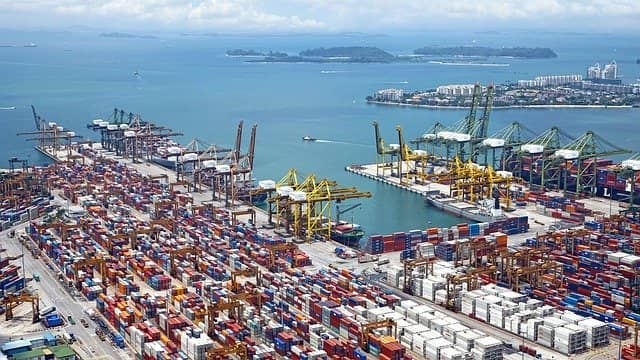
CIF Costs and Risk Transfers
It’s important to understand that the allocation of risks and costs to the buyer and seller in Incoterms is not always the same. It can be, but not in the case of CIF.
Under CIF Incoterms, the risks and costs transfer from the seller to the buyer at different points in the process.
So, the seller delivers the goods and pays for transport and insurance coverage, which means the cost transfers to the buyer at the moment of arrival at the port of destination.
However, the risk transfers to the buyer from the moment of onboarding or loading the bulk cargo on the vessel.
Seller Is Responsible For
Under CIF terms, the seller is responsible for the bulk cargo until it lands at the port of destination. The seller is responsible to provide three main documents:
1.The invoice (cost)
2.The insurance policy (insurance)
3.The bill of landing (freight)
Once the bulk cargo reaches the port of destination, the cost transfers to the buyer.
Here are all the seller responsibilities:
- Buying the export license
- Product inspections
- Fees for loading and shipping to the port of destination
- Packaging costs needed export of the bulk cargo
- Duty and taxes (custom’s clearance and exporting fees)
- Expenses for insurance of the bulk order until the buyer’s port
- Providing the invoice, insurance policy, and bill of landing
Buyer Is Responsible For
As we’ve stated above, the buyer starts becoming responsible for costs once the order arrives at their destination port. But, the risk of loss or damage is transferred from the seller to the buyer earlier – once the products board the vessel.
Furthermore, under CIF, the buyer is responsible for:
- The unloading process and expenses at the terminal
- The transfer from the terminal to the storage facility
- Import custom duty and taxes
- Receiving the invoice, insurance policy, and bill of landing
Using Cost, Insurance, and Freight (CIF) Incoterms
CIF Incoterms determine when the seller’s responsibilities and liabilities end, and the buyer’s responsibilities start. This is when the risk or cost associated with loss or damage transfers to the buyer.
CIF is used only for waterway and international sea freight. It’s most suitable for sellers who have direct access to board the vessel for loading, such as non-containerized bulk cargo.
CIF Incoterms are unsuitable for bulk cargo in containers. For containerized cargo, you can use CIP (Carriage and Insurance Paid) or CPT (Carriage Paid To) Incoterms.
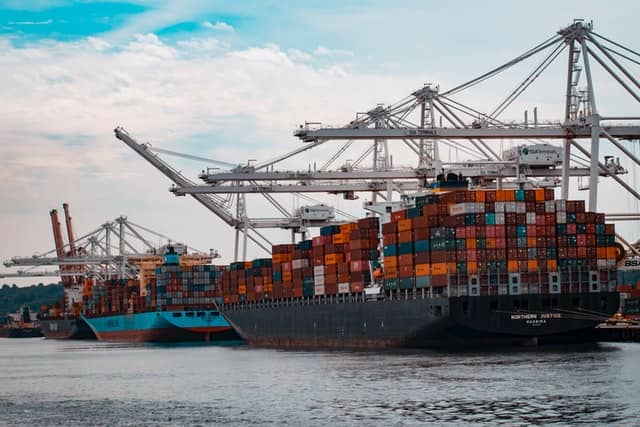
Often, items like oil or oversized goods use CIF Incoterms for shipping.
And, finally, CIF, CIP, and other C- Incoterms are all good for transactions that use letters of credit.
CIF Advantages
Let’s take a look at the benefits of CIF for buyers and sellers separately.
For Sellers
- Possibility to purchase cheaper (minimum) insurance
- Knows local laws and can find economical solutions
For Buyers
- No need to deal with the insurance policy by yourself
- Sellers cover costs up to the arrival
CIF Disadvantages
There are also several cons of CIF Incoterms to consider:
For Sellers:
- You cover all expenses up to arrival at the destination port
- You take care of the entire export procedure
For Buyers:
- Risk of insurers that won’t accept claims
- Some countries don’t allow CIF imports
FAQs about CIF Incoterms
We want to make sure we’ve got all bases covered in this guide. So, here are the most frequently asked questions on CIF Incoterms:
What Is the Meaning of CIF Incoterms?
CIF stands for Cost, Insurance, and Freight, and it’s one of the Incoterms (International Commercial Terms) used for sea freight and inland waterway transport of bulk cargo.
With CIF, the buyer and the seller regulate each other’s liabilities (risks and costs) during the loading, delivery, and unloading of the bulk cargo.
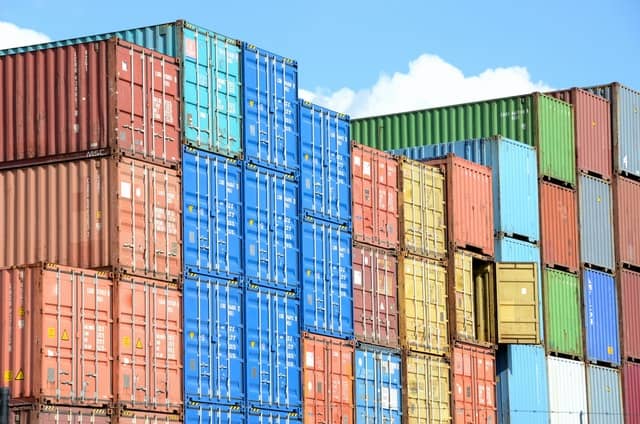
What Are CIF Shipping Terms?
Generally speaking, these are the CIF terms in an agreement:
- A destination country and port that’s agreed between the two parties (seller and buyer)
- The obligations of the seller to take responsibility for export, transit, and transport until the destination port
- The obligations of the buyer to take responsibility for import after offloading the cargo at the destination port
What Is the Difference between FOB and CIF?
You already know that CIF stands for Cost, Insurance, and Freight. What you might not have known is the FOB (Free On Board) Incoterm agreement.
Under FOB agreements, the seller is responsible only until loading the bulk cargo onto a vessel. However, the buyer takes full liability (costs and risks) starting from the transport on.
In the case of CIF, the transport and insurance are paid by the seller. With FOB, that’s a choice that the buyer makes and has to pay for.
Knowing this, it’s easy to understand why FOB Incoterms are often more budget-friendly choices. FOB allows the buyer to choose a more efficient freight transporter.
What Is Cheaper, FOB or CIF?
FOB Incoterms is a cheaper option in terms of shipping agreements. That’s mainly due to buyers being able to choose their own shipping and insurance policies and have better control over their expenses.
When Should I Use CIF?
CIF is used for bulk cargo inland waterway transport of non-containerized items. Typically, by sellers who have direct access to the loading vessels. Note that CIF cannot be used with air freight.
For instance, products like oversized items or oil typically ship under CIF Incoterms.
Although CIF can be more expensive than other types of Incoterms such as FOB, we recommend using CIF if you’re a buyer that doesn’t have experience with international transport logistics.
Last but not least, CIF and other C- agreements also work well for transactions that involve letters of credit.
Is CIF for Sea Freight Only?
Yes. CIF Incoterms are used only for sea freight or inland waterway transport of non-containerized bulk cargo.
Can CIF Incoterms Be Used for Air Transport?
No. CIF agreements can’t be used for air transport. They’re used exclusively for sea freight.

What Is the Difference between CIF and CIP?
CIF stands for Cost, Insurance, and Freight, while CIP stands for Carriage and Insurance Paid. Both are similar types of Incoterms used for shipping, but CIF is only for inland waterway transport by sea, while CIP is for all types of shipping.
The other difference is in the risk transfers. With CIF, the seller transfers the risk to the buyer upon loading the vessel. On the other hand, with CIP Incoterms, the risk is transferred at a previously agreed location in the country of shipping.
What Is the Difference between CIF and CFR Incoterms?
As we’ve mentioned several times throughout this guide, CIF stands for Cost, Insurance, and Freight.
CFR, on the other hand, stands for Cost and Freight. Unlike CIF, with CFR, the seller doesn’t have to pay for insurance.
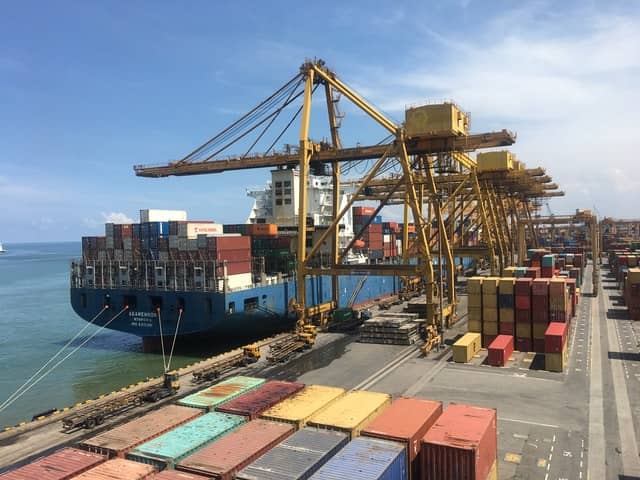
Who Pays CIF Freight?
CIF freight or transport is covered by the seller. The seller is also obliged to issue an insurance policy.
Who Pays CIF Insurance?
As the name itself suggests (Cost, Insurance, and Freight), the insurance policy is issued and covered by the seller.
What Are the 11 Different Incoterms?
In the latest Incoterms 2020, there are 11 Incoterms:
- Cost Insurance and Freight (CIF)
- Carriage and Insurance Paid (CIP)
- Free on Board (FOB)
- Ex Works (EXW)
- Free Carrier (FCA)
- Carriage Paid to (CPT)
- Delivered at Place (DAP)
- Delivered at Place Unloaded (DPU)
- Delivered Duty Paid (DDP)
- Free Alongside Ship (FAS)
- Cost and Freight (CFR)
All of these different types of Incoterms have different uses and conditions to fulfill from both the seller’s and the buyer’s side.
Which Incoterm Is Best for the Buyer?
The Incoterms that is better for the buyer will always be the one that brings the least risks and costs to them.
For instance, DDP Incoterms are a great choice for buyers since they oblige the seller to cover the delivery to the desired drop-off spot in the buyer’s country as well as the import costs, duties, and taxes.
Other great Incoterms options for buyers are DAT (Delivered At Terminal) and DAP Incoterms (Delivered At Place).
What Is CIF Value in Import?
The CIF value is the total cost quoted in the CIF trade deal. Sellers calculate the CIF value by considering different costs such as product price, packaging and maintenance, delivery and taxes, insurance costs, and similar.
In short, the CIF value is the quote that the seller gives to the buyer in the CIF trade agreement – the amount the buyer has to pay when they receive the goods.
Does CIF Include Port Charges?
CIF Incoterms include port charges and loading charges in the country of shipment. But, it doesn’t include port and offloading charges at the destination country of arrival.
Does CIF Include Duty?
CIF expenses covered by the seller include export duty, customs clearance, and all other expenses connected to exporting the bulk cargo out of the shipping country.
However, they do not include import duty at the destination port country. This part is covered by the buyer.

What Are the Incoterms 2020?
The ICC (International Chamber of Commerce) updates Incoterms every 10 years. The latest update was in 2020 and was called Incoterms 2020. They were the 9th set of International Commercial Terms issued by the ICC.
What Is the C Group of Incoterms?
The C-group Incoterms include:
- CIF – Cost, Insurance, and Freight
- CIP – Carriage and Insurance Paid
- CFR – Cost and Freight
- CPT – Carriage Paid To
CIF vs. DDP Incoterms – What Is the Difference?
DDP stands for Delivered Duty Paid. Often, DDP Incoterms are the best option for the buyer but not so great for the seller.
With DDP, the seller is obliged to deliver the bulk goods at the desired destination spot in the buyer’s country, not just to the port.
The main difference between CIF and DDP is that with DDP Incoterms, the seller covers the import costs and deals with any import duties and taxes.
In Summary
Learning about CIF Incoterms is important if you’re dealing with international suppliers and sourcing in bulk, especially if you’re interested in sea freight and a hands-off approach.
Now that you’ve learned all about CIF Incoterms in shipping, you’re ready to start sourcing in bulk. If you aren’t sure where to start, we’re here to help for free. Get your free sourcing quote today, and let’s find the perfect products for your business.
